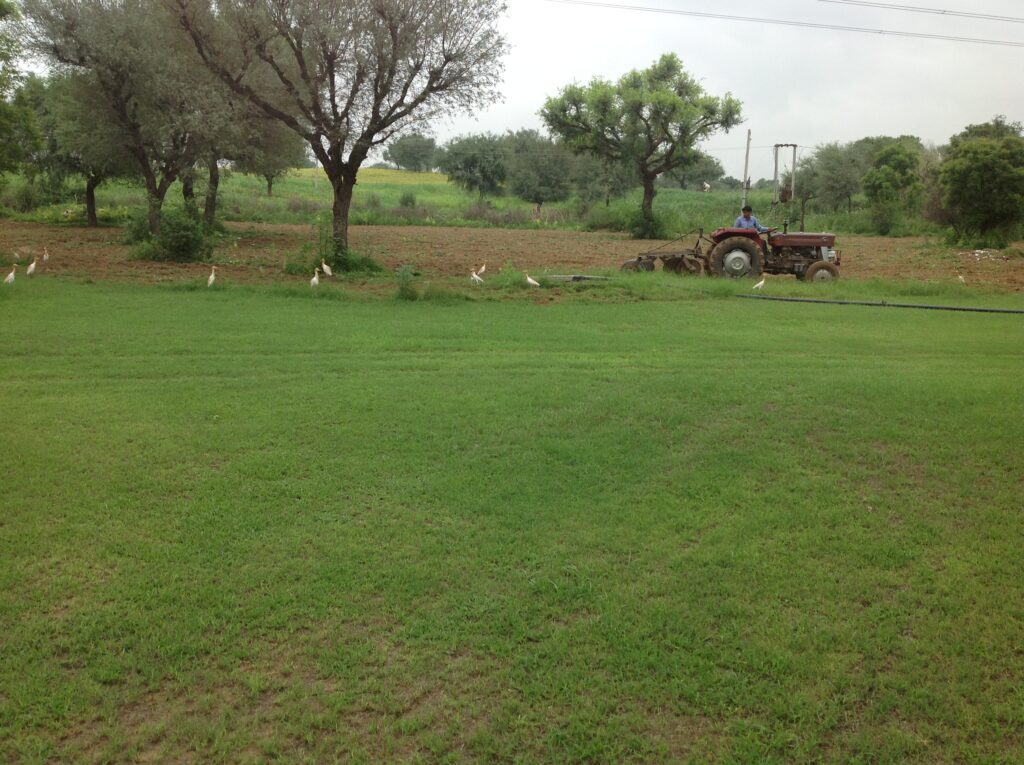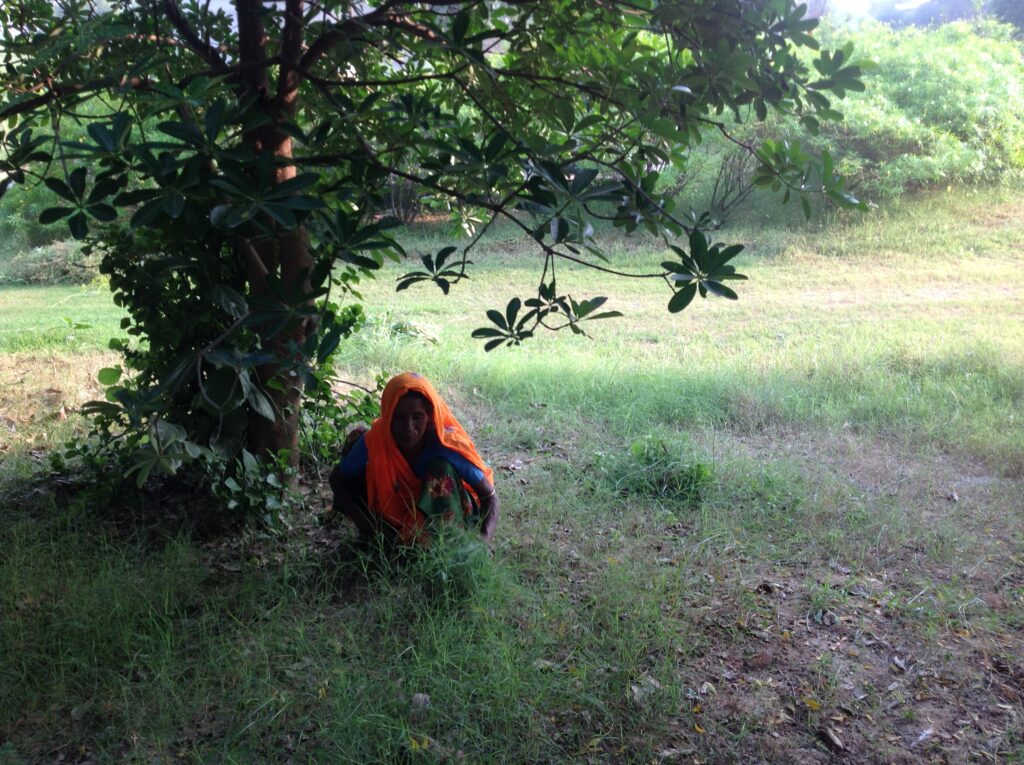Social responsibility at Savista: Symbiotic living with neighbours




The pictures here are of women from the farming community around us, cutting the tall grass on the Savista grounds overgrown since the last showers. This is grass that the tractor driven lawn mower failed to capture, which happens either because those clumps of grass had already grown too tall or – and this is more often the case – because these clumps are in spaces that are not accessible to the lawn mower. In the summer, during the rains, and in the weeks following the rainy season, such women grass cutters are a familiar sight at Savista in the very early mornings before they begin their daily grind back home.
The women prize this succulent grass for their milch cattle. Almost all of Savista’s neighbours are farming families, and virtually every family owns at least few milch cattle – buffaloes and cows – whose milk is consumed by the family and the surplus sold to the local dairy. Domestic animals are traditionally women’s responsibility, in addition to their other responsibilites for housework and child care, and for work on the family farm or wage labour on other farms or construction sites. Thanks to women’s tireless labour, their families’ nutritional needs are met with plenty of milk.
Round the year, when the fields all around are either lying fallow or are under intensive cultivation, Savista remains a green grass-covered oasis. Rather than priding ourselves on standing out as an exotic and ‘luxury’ transplant in the rural countryside, promoting sustainable travel india, we at Savista endeavour to have as close an identification as we can with our agrarian location. The abundant supply of grass that our regular mowing yields, as well as the clumps of tall grass that need to be hand-cut, are all freely available without charge to whoever in our surroundings needs the grass. We buy our requirement of milk from these households, as this is an assured source of grass fed buffalo/cow milk.

